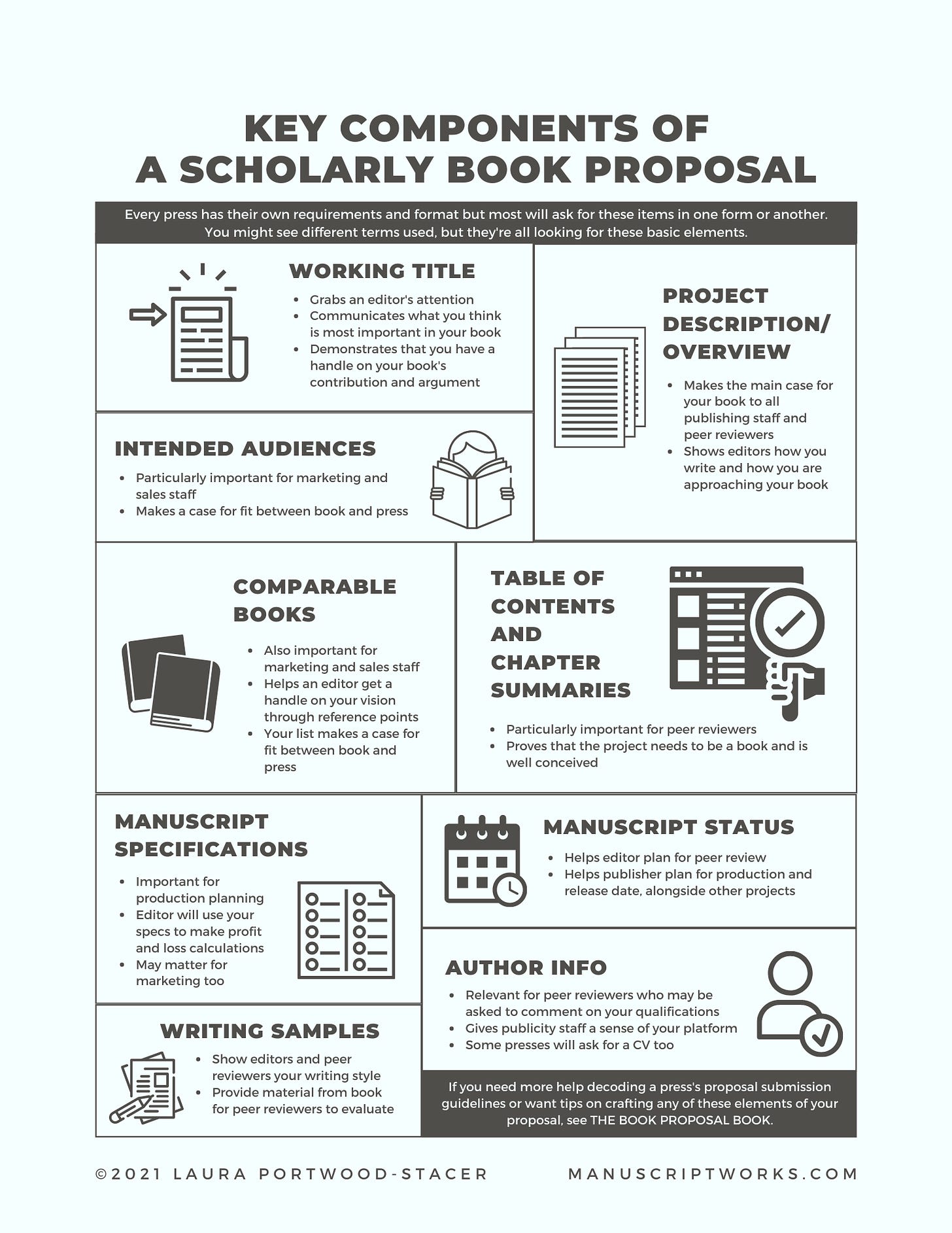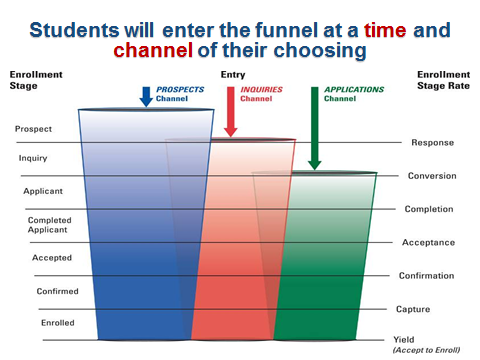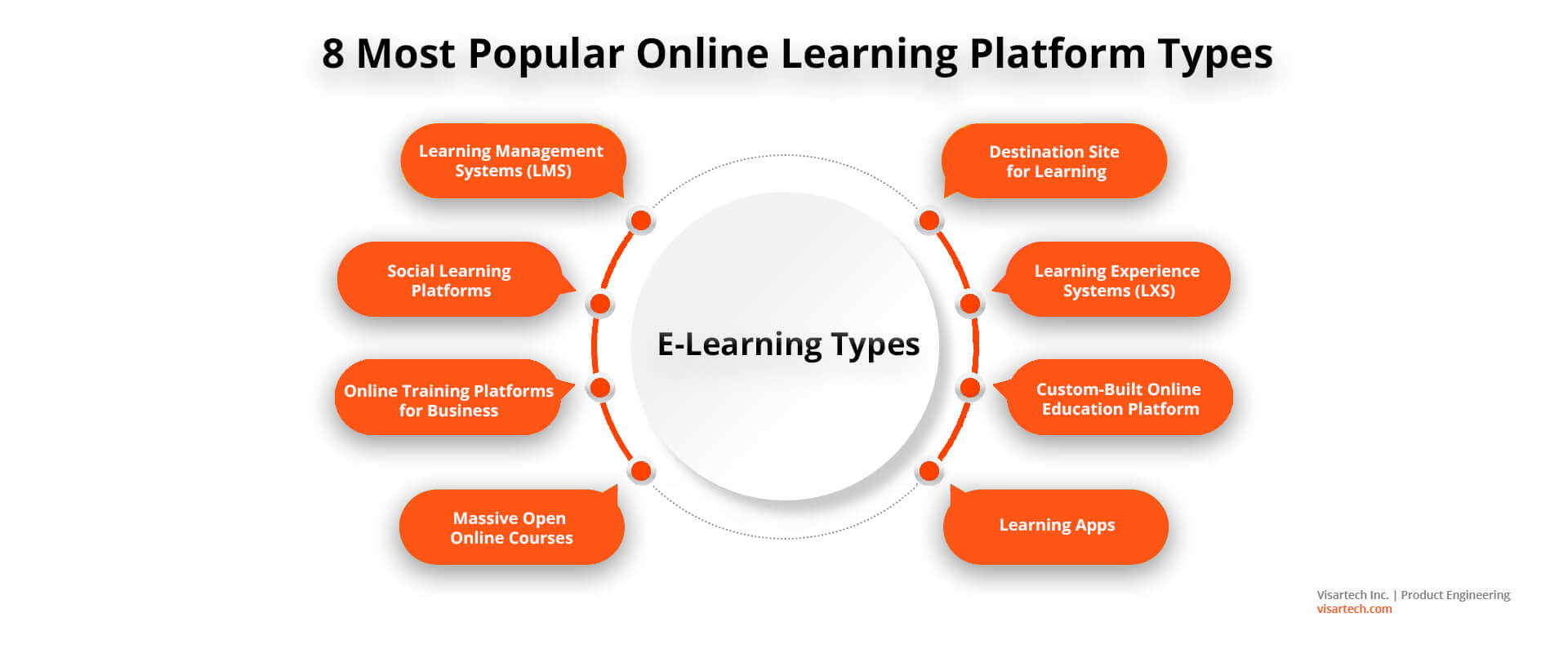Preparing Your Academic Manuscript for Successful Publication
Are you an aspiring academic looking to publish your research in reputable journals? Navigating the academic publishing process can seem daunting, but with the right approach and preparation, you can increase your chances of success. In this blog post, we will provide valuable tips to help you navigate the academic publishing process and optimize your manuscript for publication.
1. Choose the Right Journal: Start by identifying the most suitable journals for your research. Consider factors such as the journal’s scope, target audience, impact factor, and publication frequency. Quality over quantity is important, so aim for journals that align closely with your research topic.
2. Understand Journal Guidelines: Once you have shortlisted potential journals, thoroughly review their submission guidelines. Pay attention to manuscript formatting, word limits, referencing style, and any specific requirements. Adhering to these guidelines will increase your chances of acceptance.
3. Craft a Compelling Title and Abstract: Your title and abstract are crucial for attracting readers and potential citations. Ensure your title is concise, descriptive, and captures the essence of your research. Similarly, craft a compelling abstract that concisely summarizes your study, highlighting its significance and key findings.
4. Write a Clear and Well-Structured Manuscript: Structure your manuscript in a logical manner, including all the essential sections: introduction, methodology, results, discussion, and conclusion. Clearly articulate your research question, hypothesis, methodology, and findings. Follow a coherent narrative that leads readers through your research journey.
5. Pay Attention to Language and Clarity: Communicate your research effectively by using clear and concise language. Avoid jargon or technical terms that may hinder understanding. Ensure your manuscript flows smoothly and without ambiguity. Seek feedback from colleagues or professional editors to improve readability.
6. Use Proper Referencing: Accurate and consistent referencing is crucial for establishing the credibility and authenticity of your research. Follow the citation style mandated by your target journal, such as APA, MLA, or Chicago style. Use reference management tools like Zotero or Mendeley to organize and format your references correctly.
7. Incorporate Constructive Feedback: Before submission, seek feedback from mentors, colleagues, or even peer reviewers. Constructive criticism helps identify weak points, improves clarity, and strengthens your arguments. Revise your manuscript accordingly to address any concerns raised during the review process.
8. Maintain Ethical Standards: Uphold academic integrity by adhering to ethical guidelines and avoiding any form of plagiarism or data fabrication. Cite all relevant sources and clearly attribute ideas or concepts that are not your own. Familiarize yourself with research ethics protocols and seek proper approvals when necessary.
9. Patience and Persistence: The publishing process often involves multiple rounds of revisions and rejections. Be prepared for rejection and use feedback to improve your manuscript further. Remain persistent, learn from each submission, and keep refining your work until it finds its place in a suitable journal.
10. Leverage Open Access Opportunities: Consider open access publishing options that make your research freely accessible to a wider audience. Open access journals can increase the visibility and impact of your work, potentially leading to more citations and collaborations.
By following these tips, you can enhance your chances of successfully navigating the academic publishing process. Remember, publication success often requires a combination of quality research, effective communication, and perseverance. Good luck with your publication journey!











